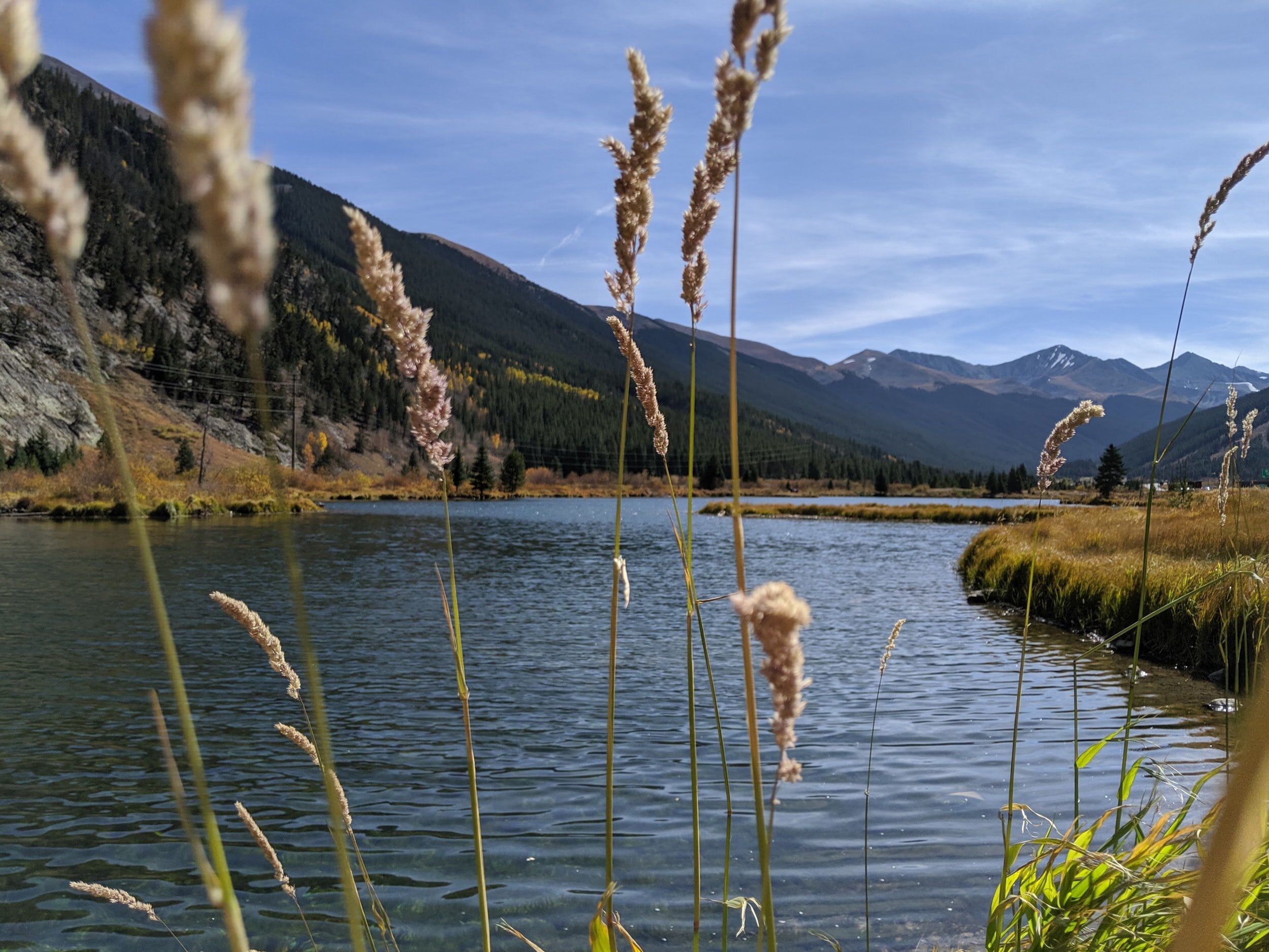During a virtual ceremony on May 26, Forest Service Chief Vicki Christiansen and Acting Deputy Chief Tina Terrell announced the 14 employees and partners who are recipients of the 2020 Rise to the Future awards. The awards, created more than 30 years ago, recognizes leadership in stewardship of fisheries, soil, water and air resources on national forests and grasslands. In recent years, the Jack Adams and Lloyd Switch Sr. awards were added to distinguish excellence in wildlife program management.
The winners showcase a wide variety of work on and behalf of national forests and grasslands.
“2020 was a very challenging year. First, a pandemic that changed how we get our work done. A historic fire season in the west and a series of devastating storms in the south,” said Chief Christiansen. “I continue to be amazed at the resilience and perseverance of our employees and partners to face the challenges that come our way.”
Among the many recognized, our partners at the Forest Service, as well as the Five Rivers Trout Unlimited Chapter out of Durango, CO were recognized with the Collaborative/Integrated Aquatic Stewardship Award for their work on the Himes Creek Instream Flow Project.
The Himes Creek Instream Flow Project Team on the San Juan National Forest in Colorado collaborated to achieve critical aquatic habitat protection for a trout once thought to be extinct. Working within the confines of Colorado State Law, the team’s integrated efforts secured instream water flow to protect trout habitat on lands managed by the Forest Service, an accomplishment recognized by the Governor of Colorado. These protections would not be in place without the strong collaboration of partnership. The team includes representatives from the following organizations:
Forest Service: Andrea Rogers, Polly Hayes, Bill Janowsky, Kelly Palmer and Kara Chadwick
Colorado Water Conservation Board: Linda Bassi
Trout Unlimited: Buck Skillen
Colorado Parks and Wildlife: James White
Another award went to one of Colorado’s regional office’s for the Friend of the Fish/Watershed Award going to Doug Wise and the Engineering staff at the Rocky Mountain Regional Office, who are cited for their work using the Great American Outdoors Act to establish a project evaluation team, bringing together multiple resource leads to prioritize projects. The engineering staff has been instrumental in facilitating 15 aquatic organism passage projects in the region, working to address deferred maintenance of the region’s infrastructure. The collaboration between fisheries, engineering, and other programs within the agency provided the region with an integrated and productive team leading the way to complete many beneficial and crucial projects. These projects improved recreational fishing access across the region and opened new opportunities to work with external partners, engage local students, and continue to improve fish habitat on the forests.
Congratulations to the Colorado winners, it is much deserved for all the hard work you do in our state!






















